Understanding the WS2813 LED Matrix
The WS2813 LED matrix represents a sophisticated category of lighting solutions, integrating control circuit and RGB chip into a 5050 components LED package. This innovative design allows for individual pixel control, paving the way for dynamic lighting effects and complex designs suitable for a variety of applications.
Types and Configurations
Diverse configurations of the WS2813 LED matrix cater to different project requirements. The matrices vary in size, density, and flexibility, providing a versatile tool for creators and developers. Whether it's for creating intricate display panels or enhancing architectural features, these LED matrices offer a customizable approach to lighting.
Applications of WS2813 LED Matrices
The application of WS2813 LED matrices extends across various domains, from commercial to artistic. They are commonly utilized in signage, stage design, and interactive art installations. Their adaptability also makes them suitable for ambient lighting in hotels or for accentuating landscapes and household features with a touch of dynamic illumination.
Features and Advantages
One of the notable features of the WS2813 LED matrix is its resilience to single-point failures, which ensures that a damaged LED does not affect the operation of others. This reliability, combined with the low power consumption and high brightness levels, makes the WS2813 a preferred choice for long-term installations.
Materials and Construction
The construction of a WS2813 LED matrix involves high-grade materials that ensure durability and performance. The LED chips are encapsulated in a silicone material, providing protection against environmental factors, while the flexible PCB backing allows for installation on various surfaces.
Choosing the Right WS2813 LED Matrix
Selecting the appropriate WS2813 LED matrix for your project involves considering the matrix's density, color range, and the flexibility of the PCB. It's essential to match the specifications of the matrix to the intended application to achieve the desired visual effect and operational efficiency.



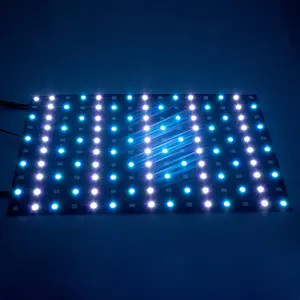



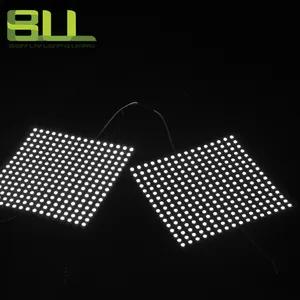




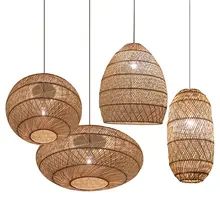

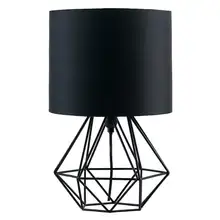
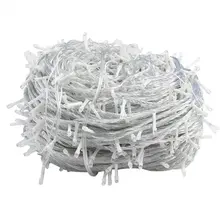
























 浙公网安备 33010002000092号
浙公网安备 33010002000092号 浙B2-20120091-4
浙B2-20120091-4